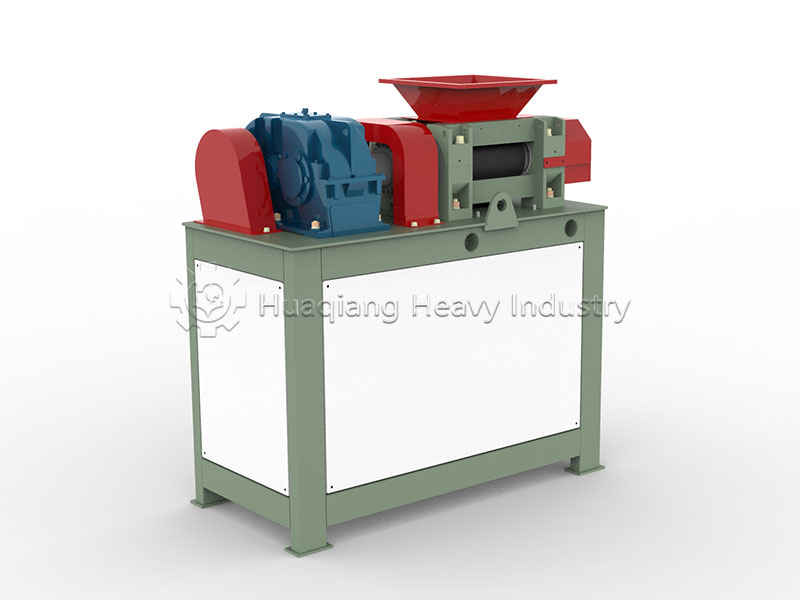Double roller press granulator: A good choice for fertilizer granulation?
In fertilizer production, efficiently converting powdered raw materials into granular fertilizer has always been a key concern for manufacturers. Traditional granulation methods either have high energy consumption or low pellet formation rates. The emergence of the double roller press granulator seems to have broken this dilemma. What makes it stand out?

The double roller press granulator is designed specifically for fertilizer granulation. Its core component is a pair of counter-rotating extrusion rollers. During operation, powdered fertilizer material enters between the rollers through the feed inlet. Under the powerful extrusion force, the material is compressed into continuous flakes. Subsequently, through crushing and screening, uniformly sized granules are formed. The entire process does not require high-temperature heating, which not only reduces energy consumption but also maximizes the retention of effective nutrients in the fertilizer, preventing nutrient loss due to high temperatures.
Its advantages are very prominent. On the one hand, compared with the disc granulator , the granulation efficiency of the roller extrusion granulator far exceeds that of traditional equipment. A single machine can process several tons of raw materials per hour to meet the needs of large-scale production. On the other hand, the granule forming rate is high, and the granules are of moderate hardness and not easy to break, which makes storage and transportation convenient and reduces the loss of fertilizers in the circulation link. Whether it is the production of organic fertilizers, compound fertilizers, or special fertilizers, the roller press granulator can adapt to different raw materials and flexibly adjust the granule specifications.
As the agricultural demand for high-quality fertilizers continues to grow, efficient and energy-saving granulation equipment is becoming increasingly popular. The double roller press granulator, with its low energy consumption, high efficiency, and multifunctionality, helps fertilizer manufacturers reduce costs and improve product quality, providing a superior fertilizer option for agricultural production.
